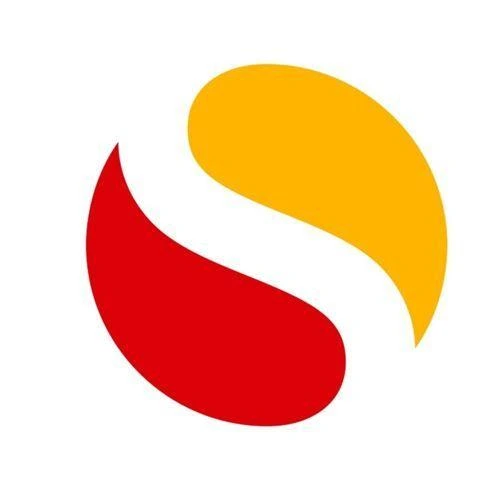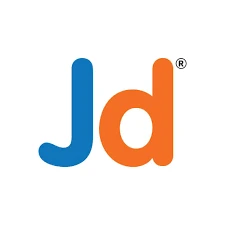·
Module
1: Introduction to PowerMill
·
Introduction
to CAM (Computer Aided Manufacturing)
·
Applications
of PowerMill in manufacturing industries
·
Understanding
the user interface: Ribbon, Explorer, and Toolbars
·
Overview
of workflow in PowerMill
·
File
types supported by PowerMill (.dgk, .iges, .stl, .step)
·
Project
folder and structure
·
Module
2: CAD Model Import and Preparation
·
Working
with IGES, STEP, STL, Parasolid files
·
Surface
vs. Solid model handling
·
Common
model errors and repair techniques
·
Model
alignment and scaling
·
Model
orientation to machine coordinate system
·
Module
3: Stock Model and Workplane Setup
·
Importance
of defining stock
·
Creating
simple and complex stock models
·
Workplane
basics: creation, types, alignment, and visibility
·
Use
of base and derived workplanes
·
Workplane
association with setup
·
Module
4: Tool Library Management
·
Introduction
to cutting tools and tool terminology
·
Types
of tools: flat end mill, ball nose, bull nose, face mill, chamfer tool
·
Tool
creation and parameter setup (flute length, shank, holder)
·
Tool
database and importing/exporting tools
·
Feeds
and speeds setup based on material
·
Module 5: 2D and 3D Machining Strategies
·
Overview
of machining types: roughing, finishing, rest machining
·
Raster,
zigzag, spiral, and offset strategies
·
Z-level
roughing and finishing
·
Corner
finishing and steep/shallow machining
·
Machining
parameters: tolerance, stepover, stepdown, overlap
·
Module 6: Toolpath Simulation and Editing
·
Simulation
types: wireframe, shading, material removal
·
Toolpath
verification techniques
·
Detecting
gouges, collisions, and air cuts
·
Trimming,
limiting, and linking toolpaths
·
Module 7: Advanced Toolpath Control and
Optimization
·
Toolpath
ordering and sorting (by level, region, direction)
·
Use
of boundaries for toolpath limitation
·
Rest
machining using previous toolpath/tool
·
Optimizing
toolpath to reduce air time and tool wear
·
Use
of pattern finishing and constant Z strategies
·
·
Module 8: Multi-Axis Machining (3+2 and
5-Axis)
·
3+2
axis setup (indexing with workplanes)
·
Introduction
to full 5-axis simultaneous machining
·
Machine
kinematics and axis control
·
Tilting
strategies and collision avoidance
·
Module 9: Post-Processing and NC Code
Generation
·
Purpose
of post processors
·
Selecting
and modifying post processors
·
Post
processor parameters (tool call, M-codes, format)
·
Generating
NC code for different machine types
·
Preview
and validation of G-code
 4.8 (21,636) reviews
4.8 (21,636) reviews





 Read more
Read more 
